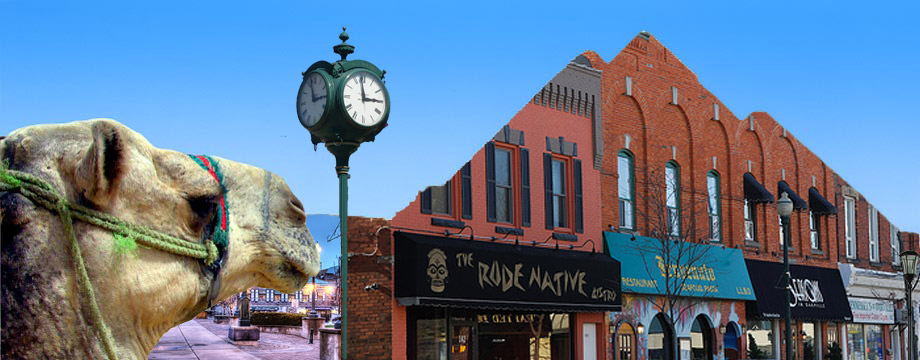General Electric Corp.’s consumer products division shut down the light bulb manufacturing plant in Oakville, Ont., with the loss of about 180 jobs in 2009. Now the demolition of the building has taken place with concern over handling mercury and asbestos found in the debris properly.
The plant made incandescent, fluorescent and halogen light bulbs and had employed 160 hourly production workers and over 20 salaried employees.
The reason for the closure was dwindling demand of the type of bulbs that were manufactured at the plant in favor of more energy-efficient lighting products which has led to global overcapacity for older light bulbs.
Demolition of Oakville, Ontario light bulb factory includes asbestos removal
November 25, 2011
The market shift toward energy-efficient bulbs led to the 2009 announcement that General Electric Corp. (NYSE:GE) was closing GE Consumer & Industrial, an Oakville, Ontario manufacturing facility for incandescent, fluorescent and halogen light bulbs. The contract for the environmental abatement and selective demolition of the 300,000-square-foot facility, known locally as the Oakville Lamp Plant, was awarded to Quantum Murray LP (QMLP).
General Electric Corp. closed GE Consumer & Industrial, the Oakville, Ont. manufacturing plant for incandescent, fluorescent and halogen light bulbs. Environmental abatement and selective demolition of the 300,000-square-foot facility was awarded to Quantum Murray LP (QMLP).
The company began work with the hazardous materials portion of the contract, which involved removal of designated substances from the plant through a variety of methods, which included Type 1, Type 2 and Glovebagging asbestos removal procedures. The building was sealed as a precaution as workers removed asbestos insulation, transite asbestos cement, PCBs, mercury switches and other materials typical of buildings constructed over the history of the plant. Original construction dated back to the 1940s, with other building sections added up until the 1970s.










